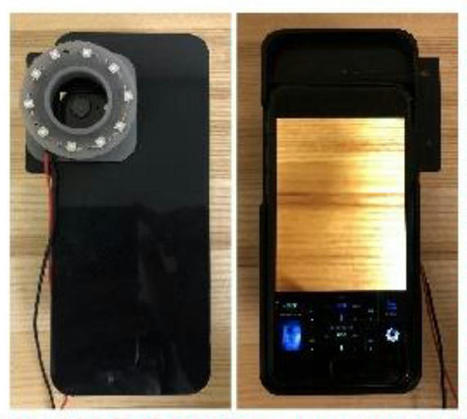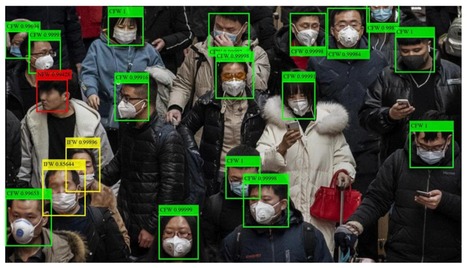Get Started for FREE
Sign up with Facebook Sign up with X
I don't have a Facebook or a X account
 Your new post is loading... Your new post is loading...
 Your new post is loading... Your new post is loading...
|

nrip's curator insight,
May 8, 2021 1:54 AM
Yes, there are issues with some of the innovations being used. But a faster response is a useful response. I found this post extremely well researched and accurate , and not necessarily negetive. We need criticism of good intentions to make them better. This post does that. These is a valuable list of some shortcomings and some mistakes which will be worked on and improved. Sometimes by changing the system, sometimes by changing the financial model, and sometimes by changing behaviour and mindset.
The future of healthcare contains a lot of AI. That bit is true. |












Researchers have figured out a way to use images from a smartphone to identify potentially harmful bacteria on the skin and in the mouth. A new method using smartphone-derived images can identify potentially harmful bacteria on the skin and in the mouth, research shows. The approach visually identifies microbes on the skin contributing to acne and slow wound healing, as well as bacteria in the oral cavity that can cause gingivitis and dental plaques. Researchers combined a smartphone-case modification with image-processing methods to illuminate bacteria on images taken by a conventional smartphone camera. This approach yielded a relatively low-cost and quick method that could be used at home. Augmenting a smartphone camera’s capabilities by attaching a small 3D-printed ring containing 10 LED black lights around a smartphone case’s camera opening. The researchers used the LED-augmented smartphone to take images of the oral cavity and skin on the face of two research subjects. The LED lights ‘excite’ a class of bacteria-derived molecules called porphyrins, causing them to emit a red fluorescent signal that the smartphone camera can then pick up.
Other components in the image—such as proteins or oily molecules our bodies produce, as well as skin, teeth, and gums—won’t glow red under LED. They’ll fluoresce in other colors.